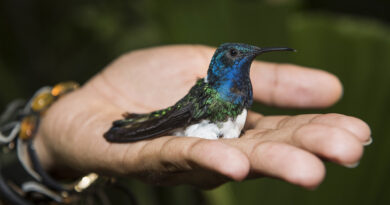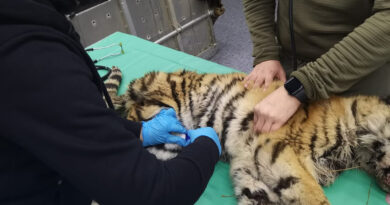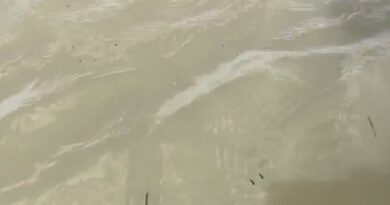Hightech Seaweed Farm Removes Pollutants From Estuaries Before They Reach Oceans And Destroy Ecosystems
Researchers have developed the technology for underwater seaweed farms that can be grown in estuaries and effectively filter out pollutants that runoff from agricultural land before they reach the sea and destroy ecosystems.
A two-year-long study by Tel Aviv University and the University of California, Berkeley developed and then created small seaweed farms that were grown in estuaries leading to the sea and filtered out pollutants such as nitrate that runoff from farms into the ocean with often devastating effects.
In a statement obtained by Newsflash Tel Aviv University and the University of California, they stated that their research team successfully built an underwater farm model for growing seaweed in the Alexander River estuary hundreds of metres from the sea.

The Alexander River, which flows from the western side of the Samaria mountain belt in the West Bank to the Mediterranean Sea, was chosen because it discharges large amounts of nitrogen from upstream fields and towns into the Mediterranean Sea.
Once the nitrogen reaches the sea it disperses rapidly and damages numerous ecosystems often resulting in dangerous algal blooms which essentially suffocate ecosystems killing many of the organisms that inhabit it.
Professor Alexander Golberg, a supervisor on the study, said: “In this study, we showed that if seaweed is grown according to the model we developed, in river estuaries, they can absorb the nitrogen to conform to environmental standards and prevent its dispersal in water, and thus neutralize environmental pollution.”
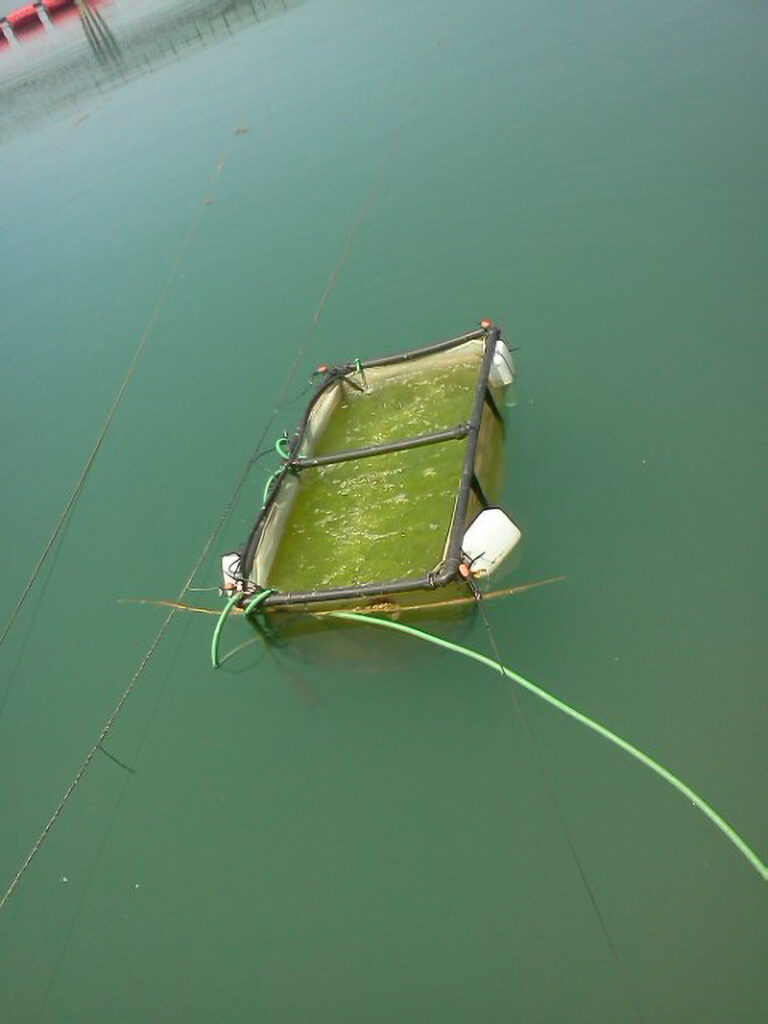
He added: “In this way, we actually produce a kind of “natural decontamination facility” with significant ecological and economic value since seaweed can be sold as biomass for human use.”
Professor Golberg explained: “The interesting connection we offer here is growing seaweed at the expense of nitrogen treatment.”
He stated that “the system allows estuaries containing large quantities of agriculturally related nitrogen residues to be rehabilitated and prevent nitrogen from reaching the ocean while growing the seaweed itself for food. In this way, aquaculture complements terrestrial agriculture”.
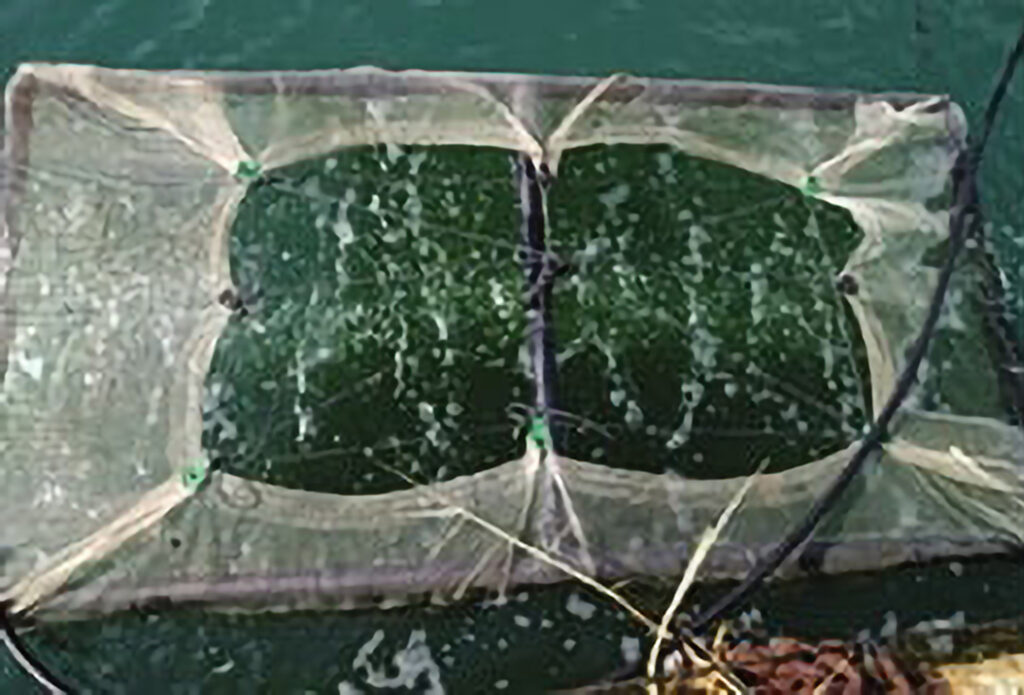
As a result, Golberg claims the system “address both environmental problems while producing economic benefit”.
Meiron Zollmann, the doctoral student who headed the study, said: “Our model allows marine farmers, as well as governments and environmental bodies, to know, in advance, what the impact will be and what the products of a large seaweed farm will be – before setting up the actual farm.”
He added: “Thanks to mathematics, we know how to make the adjustments also concerning large agricultural farms and maximize environmental benefits, including producing the agriculturally desired protein quantities.”
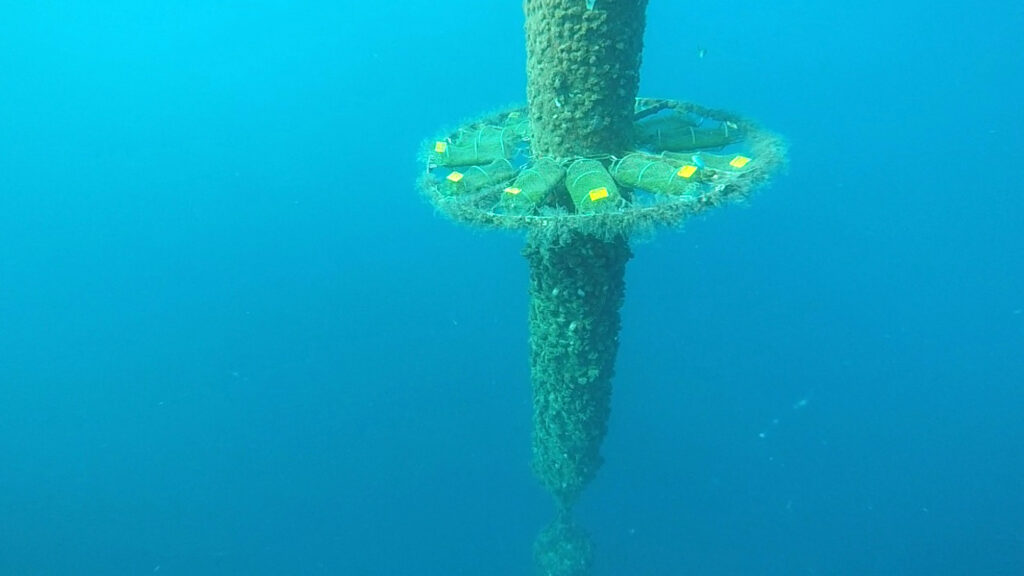
Despite the success of the study, the research team pointed out that the technology has not yet been tested on a large scale.
Professor Alexander Liberzon, the School of Mechanical Engineering at Tel Aviv University, said: “We do not really know what the impact of a huge farm will be on the marine environment. It is like transitioning from a vegetable garden outside the house to endless fields of industrial farming.”
He added that the study has provided considerable evidence showing the benefits of the seaweed farm model and now they are hoping to convince decision-makers that such farms will be profitable and environmentally friendly on a large scale.
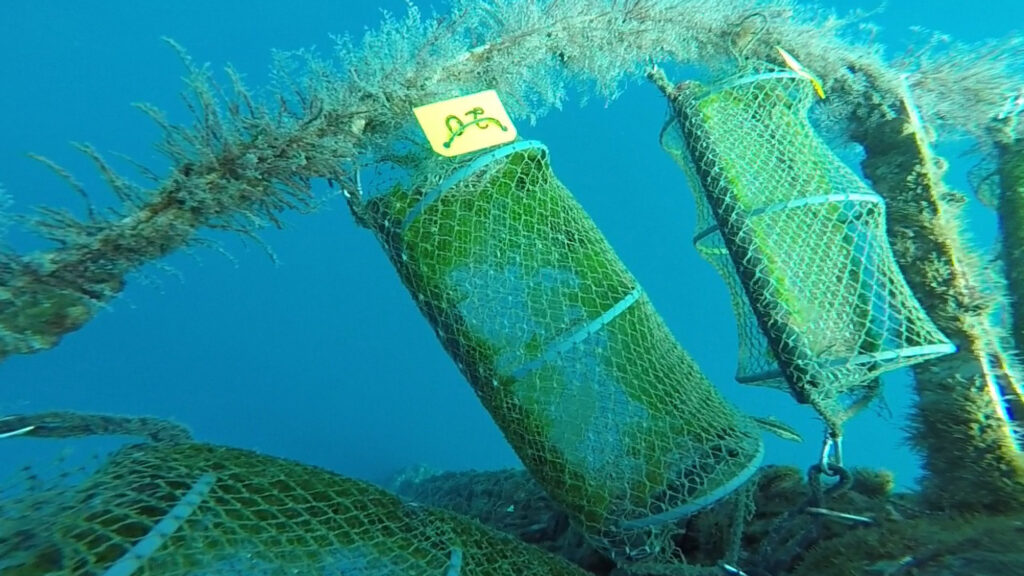
The study was published under the title ‘Multi-scale modelling of intensive macroalgae cultivation and marine nitrogen sequestration’ in Communications Biology.

